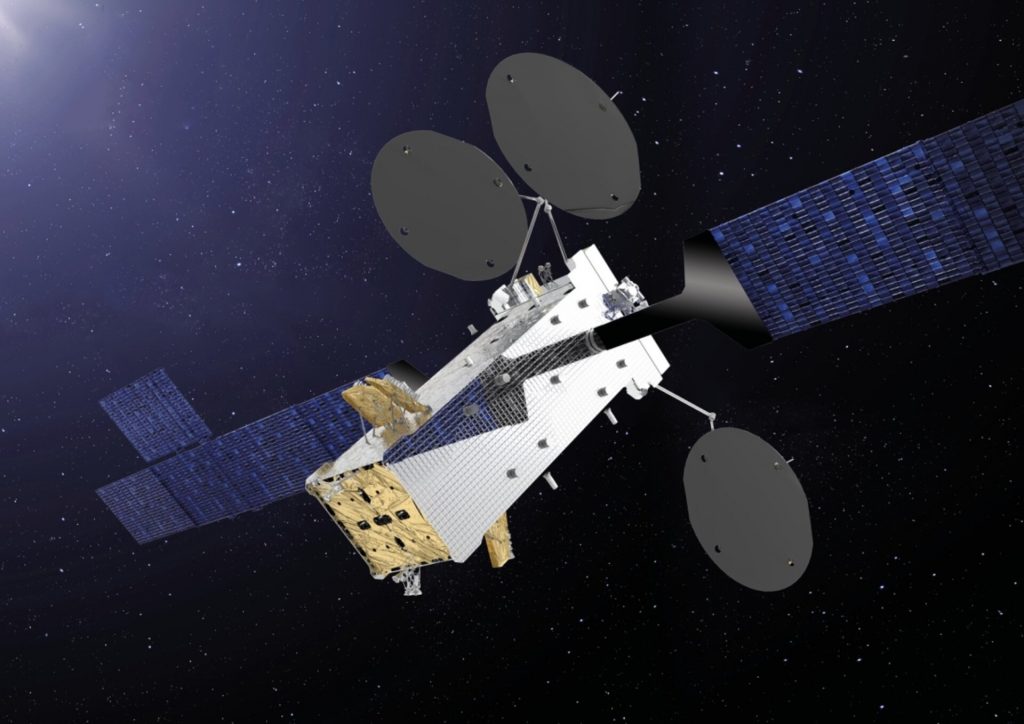Report: Satellite bandwidth prices tumbling
February 13, 2024
By Chris Forrester

Paris-based Euroconsult reports that the price of satellite capacity for video services has fallen by 16 per cent over the past 5 years. But the price for data services has crashed 77 per cent over the same period.
Video-based services are traditionally more robust and the contracts longer lasting, hence the slower reduction in value. But Data services have much shorter contract lengths and thus more rapid declines and much tougher competition from new entrants.
“Satellite capacity pricing is experiencing rapid declines in an increasingly disruptive market, supported by rise of next-generation geostationary (GEO) and non-geostationary orbit (NGSO) high-throughput satellite (HTS) systems. Massive influx of supply in the market has ultimately contributed to a commoditisation effect on connectivity, due to which the industry is witnessing a shift towards managed service offerings with attractive $/GB economics, primarily driven by Starlink,” said Euroconsult.
Over the past five years, global average capacity pricing in video and data markets has dropped by approximately -16 per cent (-3 per cent CAGR) and -77 per cent, (-26 per cent CAGR) respectively. This decline is more pronounced in data markets due to abundant supply from NGSO (primarily Starlink) and HTS systems, while video markets have seen a lesser decline, largely due to stagnated regular supply and market stickiness to long-term contracted prices.
The report also notes that the decreasing cost base of capacity (indicating efficiency of capex invested in satellite manufacturing considering sellable capacity and expected lifetime), initiated with the advent of Starlink, is expected to stabilise over the next 2-3 years leading to a potentially slower capacity price erosion compared to previous years.
“Starlink’s pocket-friendly pricing and higher availability of service plans have triggered a structural shift in the industry away from wholesale capacity leasing to more managed solutions setting a wave of strategy re-alignment across players. Operators are choosing to directly serve end customers with managed service plans giving them greater control of capacity prices while service providers are moving away from capacity management, focusing on value add-ons,” commented Senior Consultant Grace Khanuja.
